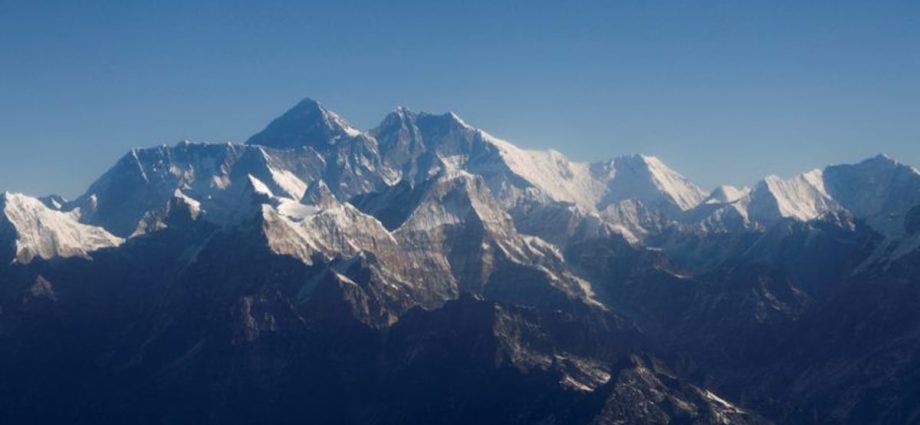
“Many of the companies now guiding on the south side of Everest are taking climbers who have not yet developed the experience necessary to safely navigate the difficulties,” said Adrian Ballinger of US-based Alpenglow Expeditions, who has moved his activities to the Chinese side.
This year, Chinese nationals have received the most permits, with 96, and US climbers have received the second most with 87, while climbers from India got 40.
A second climbing season runs from September to November but is not as popular.
For every climber there is typically at least one local sherpa.
Climbing is a key earner for the poor country, where about 500,000 people are employed in tourism, including climbing, and the number of permits has been rising steadily.
So far this year, Nepal has granted permits to 1,046 climbers for 24 peaks, earning the government US$5.6 million, of which US$5 million came from Everest alone.
Each climber spends at least US$26,700 on an expedition in Nepal, including on permit fees, gas, food, guides and local travel, said Ang Tshering Sherpa of Nepali expedition organising company Asian Trekking.
Yubaraj Khatiwada, director at Nepal’s Department of Tourism, rebuffed criticism of the number of permits awarded, and he said a team of doctors and government officials would be stationed at the Everest base camp for the first time to manage climbing activities throughout the season.
“We are concerned for their safety and are well prepared to cope with the crowd, by spreading summit bids as long as the good weather window provides to ensure the climbing goes smoothly as far as possible,” Khatiwada said.
He said the government was considering introducing a requirement for climbers to scale at least one 6,000m peak in Nepal before attempting Everest.
Lukas Furtenbach of Austria-based Furtenbach Adventures said the higher number of climbers was not a problem so long as they are managed well and the weather holds long enough to have more days to spread out teams’ attempts on the summit.
“I can only see a risk if people are running out of oxygen. So proper oxygen logistics are crucial,” Furtenbach said.

